If you’re considering a reverse osmosis (RO) system to purify your water, you may have come across critical takes on water waste. Reverse osmosis water waste is one of the only drawbacks to a reverse osmosis system, but are the critiques fair? Does reverse osmosis waste water, or is that an exaggeration?
Below we give a fair shake to the topic of reverse osmosis water waste. We’ll give you the truth behind some of the more preposterous claims and discuss ways to minimize waste in your home RO system.
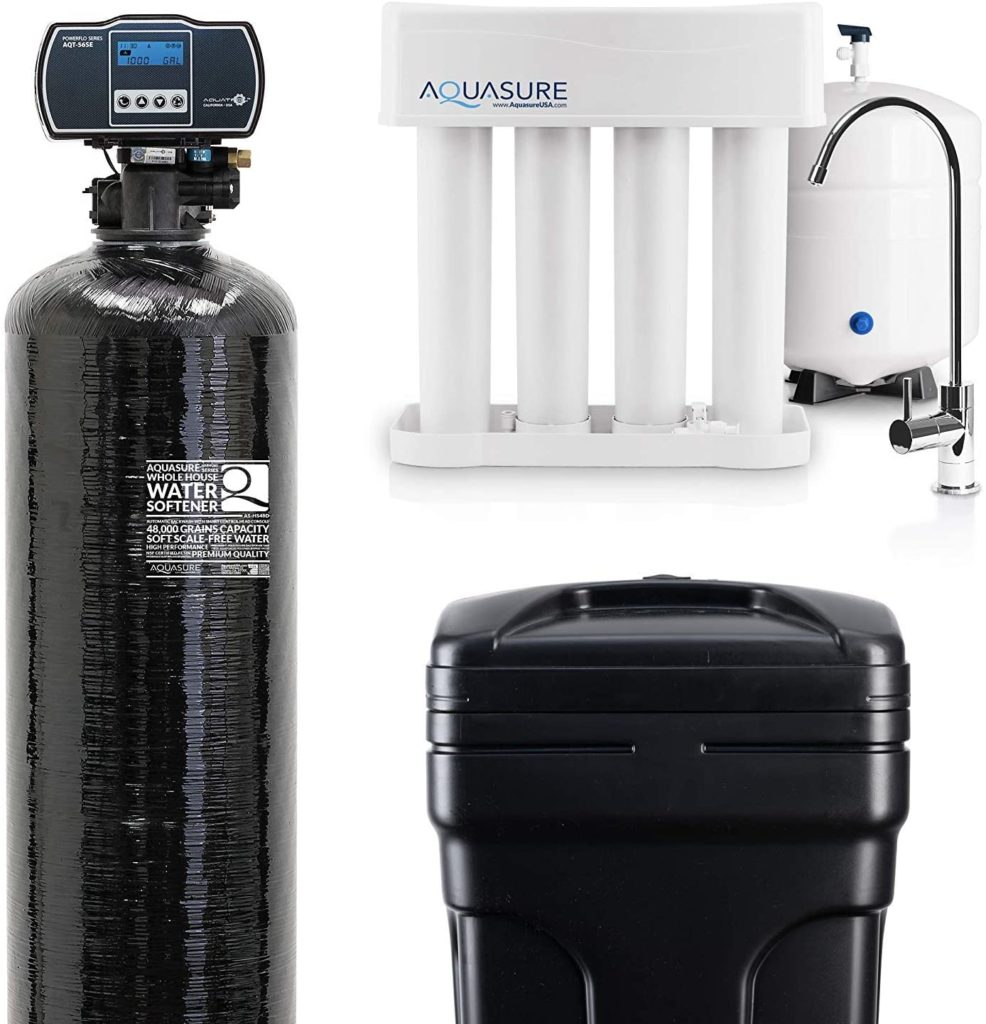
Does Reverse Osmosis Waste Water?
Does reverse osmosis waster water? Yes it does. Even though reverse osmosis is a fantastic and often necessary process for generating safe, purified water in your home or municipality, the process is known to waste water.
Reverse osmosis wastewater isn’t a myth. The process does lead to wasted H20. However, those who purport claims surrounding reverse osmosis water waste may exaggerate and often make misleading statements.
The controversy around reverse osmosis wastewater probably has more to do with big businesses than it does with home use. In some corporate systems, reverse osmosis may produce a substantial amount of wastewater for what many feel is an unnecessary reason.
Single-use water bottle manufacturers, for example, may rely on reverse osmosis to make their products. In this case, corporations are harnessing reverse osmosis to make a convenience item that has a negative impact on the environment.
The fact that the process generates wastewater on top of plastic water bottles is even worse. It’s this sort of scenario that tends to create the most passionate RO critics.
However, when it comes to home systems, a reverse osmosis system might be necessary for safe drinking water because it can filter out common, harmful contaminants, like arsenic and lead.
On a residential scale, you can do all sorts of things to improve your reverse osmosis water waste ratio. Doing so typically nullifies naysayer arguments that claim reverse osmosis is terrible for the environment.
Waste water is an important consideration for buying an RO system, that’s why we recently published a mega guide to choosing an efficient reverse osmosis water filter, taking the waste water ratio into consideration.
Why Does Reverse Osmosis Waste Water?
Even though reverse osmosis systems aren’t always bad for the environment, they will always produce wastewater. It’s easy to understand why that is once you know how reverse osmosis systems work.
In reverse osmosis or RO, pressure forces water through a series of semipermeable membranes. As the water filters through the membranes, larger contaminants like sediments and certain trace metals get stuck first. Finer membranes using galvanized activated carbon catch chemical residues, bacteria, and protozoa as the water moves through the system.
The result is clean, purified water free of any harmful substances, including pesticide and chemical residues that may have health concerns attached.
You can’t leave the contaminants stuck to the membrane, though. You have to wash them away as well. That’s where wastewater comes into play. You have to use water to flush contaminants away and keep the membrane functioning.
Related: Does Ro Remove Fluoride From Water?
How Much Water Does Reverse Osmosis Waste?
Reverse osmosis water waste ratios vary by make and model of the reverse osmosis system. In general, though, for every gallon of clean water your home’s reverse osmosis system produces, it will generate about three gallons of wastewater. In other words, 75% of the water that runs through a reverse osmosis system becomes waste or discharge.
There are reports of less efficient systems generating as much as 20 gallons of wastewater for every one gallon of drinkable water. That’s not typical, but it is an oft-touted statistic by reverse osmosis critiques.
With municipal systems, the amount of waste may be more manageable, depending on the system’s details. For example, in Madison, Minnesota, they use first and second pass membranes to improve their recovery rate.
By sending rejected water through a second set of membranes, they can ensure four out of every five gallons of water entering the plant makes it to consumers. Having 20% of the water for a municipality go to waste isn’t ideal, but it’s a vast improvement over older systems.
Can You Minimize RO Water Waste?
At first glance, an RO system may seem incredibly wasteful. If you come across the oft-cited 20:1 wastewater ratio, you may be rightfully concerned.
Fortunately, that number doesn’t apply to most of today’s home or municipal systems. Even better, you can do things to minimize water waste with a modern reverse osmosis system.
1. Recycle Discharged Water
There are multiple ways to recycle your discharged water and improve the efficiency of your reverse osmosis system. Some filters recirculate discharge water and use it during the RO process. However, recirculating discharged water causes more wear on the semipermeable membranes, reducing your reverse osmosis system’s life as a whole. Alternatively, you can use your discharged water in various ways to keep it from becoming a total waste.
For one thing, discharged water is usually well within government safety standards for potable water. Though you may not want to drink it due to taste or other possible health concerns, it’s likely safe to consume in the event of a dire emergency.
There are plenty of things to do with discharged water outside of an emergency situation as well. You could use it for cleaning tasks, like mopping the floor or washing your car.
It also may be ideal for gardening purposes. Discharged water typically contains higher amounts of solutes that could be beneficial to plants. As humans, we may not want hard water filled with minerals because it can wreak havoc on our pipes, skin, and hair. Your vegetable garden, however, might thrive with the extra nutrients.
A word of warning here, though, if your discharged water is too high in sodium or certain solutes, you could end up killing your garden. Be sure to check salt levels in your discharge water before giving it to your precious azaleas or roses.
Finally, you can use discharge water to pre-soak stubborn stains on your laundry. The dissolved salts in the discharge water may help break down oil-based markings. Of course, discharge water can be harsh on fabrics, so you’ll need to dilute it for delicate pieces. Still, it’s better than truly wasting it.
2. Regular System Maintenance
Staying on top of regular system maintenance will ensure you keep your reverse osmosis water waste to an absolute minimum. Of course, to maintain your reverse osmosis system, it helps to understand.
Typically reverse osmosis systems have five stages, with a filter in between each one. Each filter catches a particular size particle, and you need to replace them from time to time. On average, filters last up to two years, but you’ll need to change certain types more often.
Filters for sediment and carbon, for example, require you to change them each year. When you change them, it’s a good idea to give the entire system a flush. To do so, remove all the filters (whether you’re replacing them or not), and pour one cup of hydrogen peroxide inside.
Run the system twice with the hydrogen peroxide to clean everything out. Doing so will improve your RO system’s efficiency, and it will add to the system’s lifespan. If you maintain your reverse osmosis system well, it can easily last upwards of 15 years.
3. Check System Pressure
If your reverse osmosis system seems to be producing a lot of wastewater, your home’s water pressure could be at fault. Remember, a reverse osmosis system relies on pressure to function. Pressure is what pushes the water through the semipermeable membrane. So, if water pressure is lacking, you need more water for the system to work.
Ideally, your home’s water pressure will be somewhere between 35 to 40 pounds per square inch (PSI). If your home’s water pressure is below that, you might try adjusting your home’s pressure reducing valve. If that doesn’t work, you may need to call your local water supplier for help.
Conclusion
Reverse osmosis water waste comes with having a reverse osmosis system. It’s one of the only drawbacks to an otherwise excellent mechanism for generating purified water.
Because you need to keep filter membranes free of sediment and debris, a reverse osmosis system will always use more water than it pumps out. Luckily, there are ways to enhance the efficiency of your reverse osmosis system and use the discharge water it creates.
Discharge water isn’t ideal for drinking, except perhaps in emergencies. However, it is perfect for everyday household tasks like mopping your floor or washing your car. Depending on the sodium levels of your discharge water, it may work for watering your garden too.
On top of that, you can ensure your RO system is functioning at peak efficiency to avoid excess water waste. Keeping up with system maintenance, like changing out semipermeable membranes and ensuring your water pressure is optimal, will keep wastewater to a minimum.
Reverse osmosis critics are quick to jump on water waste as being a problem. Yet, there are so many ways to minimize and recycle wasted water from reverse osmosis systems. We say reverse osmosis is still one of the best ways to generate safe and clean drinking water, and the water it does happen to waste is an acceptable byproduct.

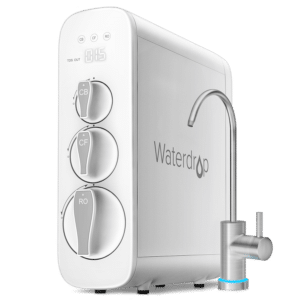
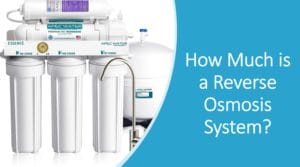
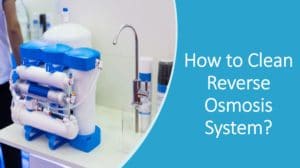
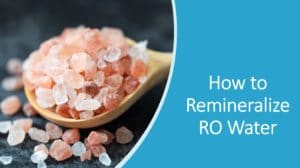
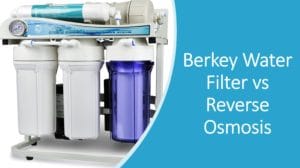

If it generates 3 gallons of waste water for every 1 gallon of purified water, then 75% of the water used is wasted, not 25%.
Thanks for catching that. I’ve corrected it now.